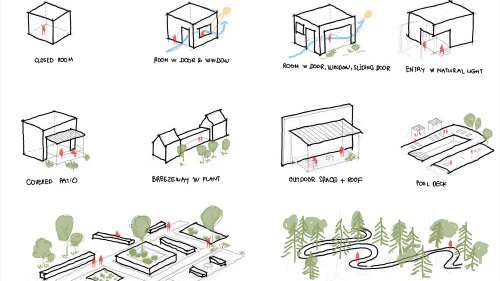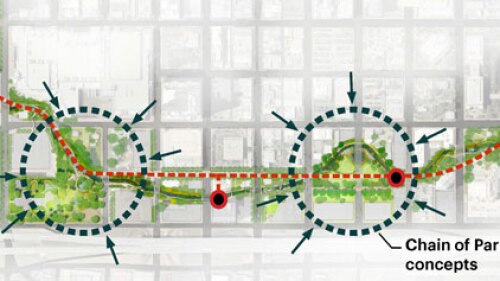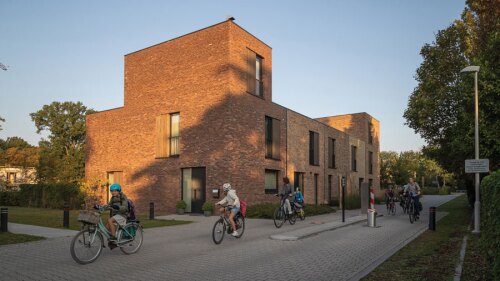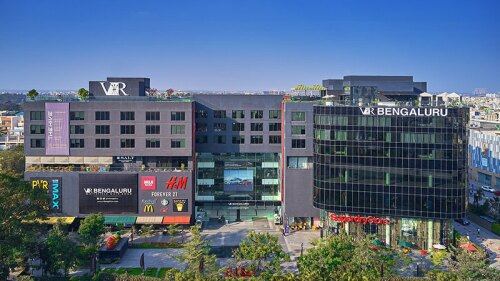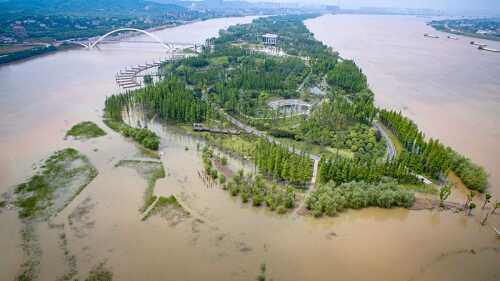Architecture – Landscape
Providing end-users with a choice that originates from a binary view—either indoor or outdoor—is no longer enough.
Nature and water are often “hidden” in certain parts of cities, within confined structures or swamp ecosystems. The March ULI InfraXchange featured Michael Van Valkenburg Associate-led project Waterloo Greenway Waller Creek in Austin, Henning Larsen’s project with Jurong Lakeside Garden in Singapore, and ULI Philadelphia’s North Broad Renaissance Initiative, a ULI Curtis Infrastructure TAP project.
A number of factors are encouraging developers to try to bring Mother Nature on as a partner. On the carrot side, some governments are offering incentives to build green. There are sticks as well, which are also helping to keep builders focused on their carbon footprint
How is multifamily housing development changing in the era of remote work and escalating construction costs?
During the recent ULI Asia Experience the Experience retail summit, real estate developer, owner, and operator Sid Yog, founder of the Xander Group and chairman of Virtuous Retail (VR) South Asia, discussed the broader Indian retail sector, as well as several of the company’s recent urban Indian retail developments. Joining him in the conversation was Susheela Rivers, office managing partner, co-chair for the global real estate sector, and head of real estate Asia Pacific for DLA Piper.
This summer, Urban Landwill be profiling online and in print each finalist for 2020’s ULI Urban Open Space Award. The winner(s) will be announced in the fall.
How will we know what qualifies as an objectively healthy building? How will we analyze investing in resilience for public health with the same rigor we apply to investing in resilience against fires or earthquakes? And how will this new awareness in the public realm influence the real estate industry in the future?
ULI will announce the winner(s) by October, and the jury will allocate a prize purse of $10,000 to one or more winning project teams.
A new attitude toward growth—and a focus on waterfronts—woke up a sleepy Florida city.
Changsha is a bustling city of 7 million people in China’s central Hunan province. The Baxi River meanders through the city, carrying water flows that have created 15 scattered islands near the city. Seasonal flooding, rapid water flow, and constructed monocultures have caused escalating erosion, destabilization, and loss of habitat along the banks. Past approaches to managing the river have favored the creation of hard edges to protect land and property. With the two-mile-long (3.2 km), 156-acre (63 ha) Baxi River Forest Island, the local government tried a new approach. It embraced the river ecosystem, creating a new park that is helping both nature and people thrive.

